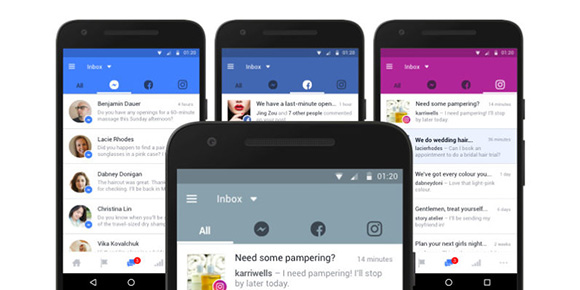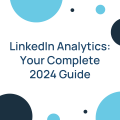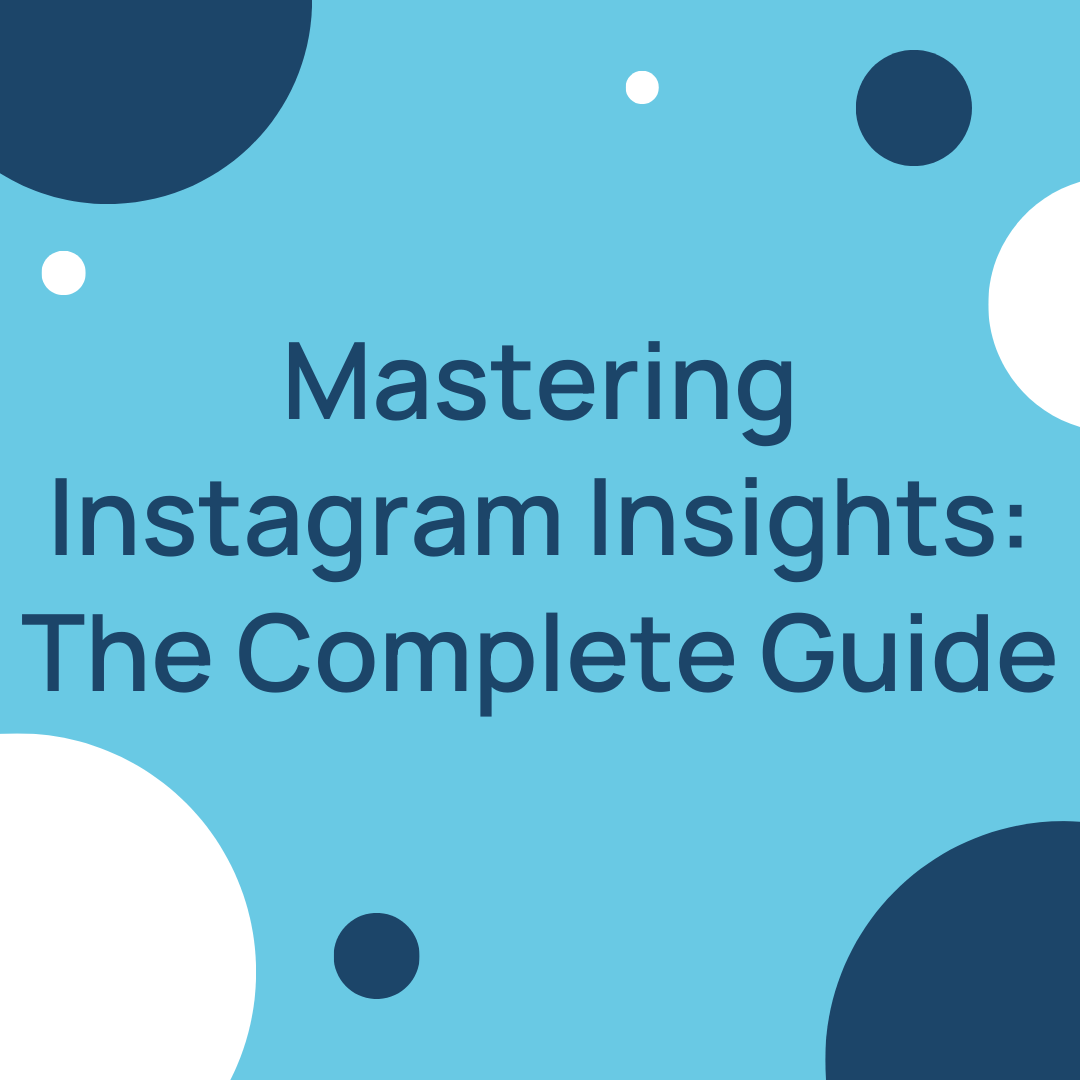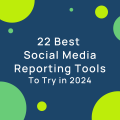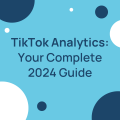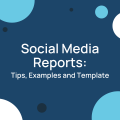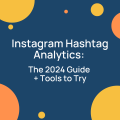Facebook Announces Miscalculated Metrics And A Decrease In Organic Reach
Tina Ahmed posted on 20 December 2016
Welcome to our Facebook Page Growth and Engagement study for November 2016.
We analyze the results of 5,000 pages to discover growth and engagement standards on the platform.
This helps you benchmark your results and see where you stand.
Take a free Locowise trial to compare your Facebook pages against the pages in our study.
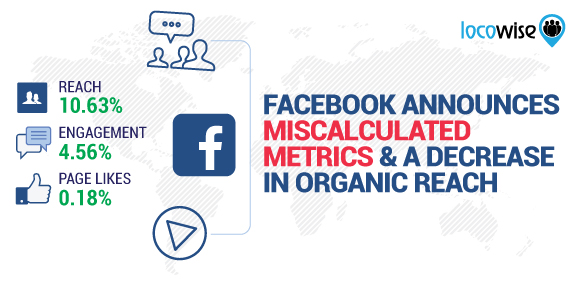
November results
Page likes growth in November was at 0.18% of the total page size. This is 12.5% higher than in October. Page likes have seen a 38.46% increase since September, which saw the record low page likes growth at 0.13%.
The average post reach was at 10.63%. This is a 9.03% increase from last month. Photos were the post format with the highest reach at 12.02%. Videos reached 10.52% of the audience, links 6.46%, and status updates 5.31%.
Engagement rate was at 4.56% of the people reached. This is a 4.35% increase compared to October, which was the lowest ER we’ve seen since we started our studies in May 2015. Videos were the most engaging format with the engagement rate of 5.6%. Links engaged 5.06%, status updates 4.94%, and photos 4.24%.
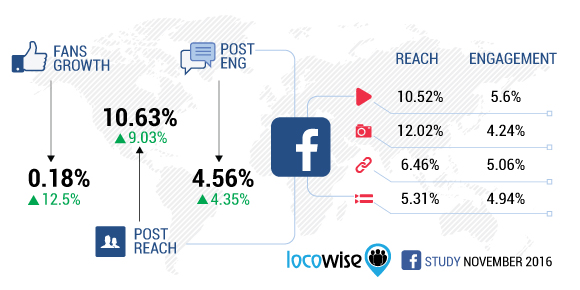
36.63% of pages used Facebook advertising in October paying for 24.35% of their total reach.
More miscalculated metrics announced by Facebook
Facebook has found several more discrepancies in their metrics for pages including the weekly and monthly organic post reach, the number of completed video views, and time spent on Instant Articles. This is on top of the average viewing time on video that we discussed earlier.
Facebook has been overcounting organic post reach since the month of May. The daily reach was being added up over this period without considering the repeat visitors. The corrected metric will be on average 33% lower for a week and 55% lower for a full month and will only include unique visitors. Repeat visitors will not be considered.
Facebook has also been undercounting how many video ads have been watched to their completion. The completed video views will increase by 35%. The amount of time spent on Instant Articles will decrease by 8% too. Facebook said “we will be fixing this in the next few weeks” and this won’t be an update that will be very welcomed by many brands.
There will also be a fix to the definition of organic reach: “Reach counts will now be based on viewable impressions. On Pages, we’ve historically defined reach as a person refreshing their News Feed and the post being placed in their feed. For paid ads reports, we’ve moved to a stricter definition that only counts reach once the post enters the person’s screen (“viewable impressions”). With the stricter definition, we estimate that reported organic reach will be 20% lower on average.” This change “will happen in the coming months”. It’s another change that won’t be welcomed with big smiles by social media managers. We will keep you posted on the progress of these in the upcoming weeks and months.
Facebook’s fake news
There’s been a lot talk about fake news on Facebook over the last few months. According to Adam Mosseri, VP of product management at Facebook:
“We take misinformation on Facebook very seriously. We value authentic communication, and hear consistently from those who use Facebook that they prefer not to see misinformation. In Newsfeed we use various signals based on community feedback to determine which posts are likely to contain inaccurate information, and reduce their distribution. In Trending we look at a variety of signals to help make sure the topics being shown are reflective of real-world events, and take additional steps to prevent false or misleading content from appearing. Despite these efforts we understand there’s so much more we need to do, and that is why it’s important that we keep improving our ability to detect misinformation. We’re committed to continuing to work on this issue and improve the experiences on our platform.”
"Facebook’s vast, personalized sewer system has become clogged with toxic fatbergs" https://t.co/umoKT2bLjX
— Natasha (@riptari) November 9, 2016
Facebook is now working on a more curated approach to the news. The plan is to handpick media partners and curate their best news stories, videos and other content in collections that are displayed directly in news feeds of the users. It remains to be seen how this will affect the spread of fake news on the platform.
Updates to the Facebook Messenger
The newest version of Facebook Messenger Platform has been announced during the month. More than 34,000 developers are now building on the platform.
Every brand can now run news feed advertising to launch a Messenger conversation and sponsored messages within the Messenger itself. These “click to message” ads can help you get more of the potential customers from Facebook to get into a one on one conversation with your brand. And sponsored messages in Messenger are there to reach people who have previously been in a thread with the business.
According to David Marcus: “One of the most important requests we received from developers and businesses building on the Messenger Platform is the ability to promote their experience. This is why I’m thrilled to announce the rollout of News Feed ads that open Messenger conversations. This is exciting news because now everyone can combine the powerful audience targeting and selection capabilities of ads on News Feed, and the identity and canonical nature of Messenger conversations. But driving people to a Messenger conversation isn’t enough. We want to make sure businesses and brands building for the platform can manage the entire lifecycle of their customers. This is where sponsored messages come in. Sponsored messages enable businesses that have threads opened with their customers to re-engage them in a very efficient way.”
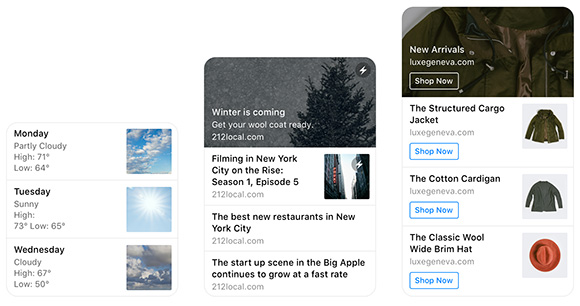
Picture: Facebook
Facebook is also making the Messenger app even more sticky with the introduction of games. You can now quickly challenge a friend in the private messenger thread and play a variety of games. The games load quickly and it’s not necessary to download anything to play. It’s all done in HTML5.
Instant Games have now been launched in 30 countries and you can play 17 games. Developers can now apply to build games for Instant Games too.
A unified inbox to Facebook, Instagram and Facebook Messenger
This is one that many social media managers have been waiting for, especially those who use the native platform when managing the community.
You no longer need to carry more than one phone and you no longer need to keep opening and switching between the different applications and links.
All Facebook messages, Instagram messages and Facebook Messenger messages can now be viewed and responded to in one and the same “universal” inbox which is located in the Facebook Pages Manager application.
Great feature and something that will say many community managers a lot of time.
